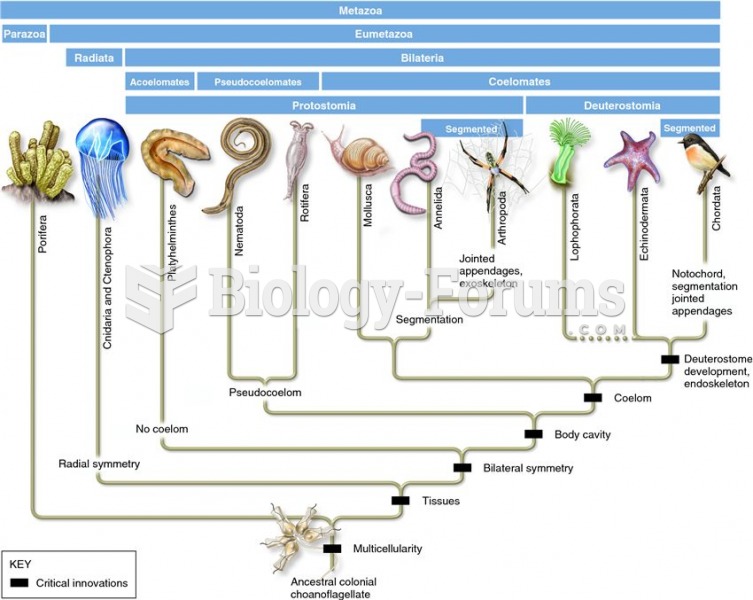Answer to Question 1
B
Answer to Question 2
Despite the best intentions, problems usually arise in collecting data and information. One of the most common problems is an incomplete or inaccurate assessment of the situation that the gathering of data should address. After expending a great degree of effort in collecting data, the manager may be unsure of the usefulness or relevance of what has been collected. In some cases, the manager might even suffer from severe information overload. To prevent these problems from occurring, the marketing problem must be accurately and specifically defined before the collection of any data. Top managers who do not adequately explain their needs and expectations to marketing researchers often cause the problem.
Another common difficulty is the expense of collecting environmental data. Although there are always costs associated with data collection (even if the data are free), the process need not be prohibitively expensive. The key is to find alternative data collection methods or sources. For example, an excellent way for some businesses to collect data is to engage the cooperation of a local college or university. Many professors seek out marketing projects for their students as a part of course requirements. Likewise, to help overcome data collection costs, many researchers have turned to the Internet as a means of collecting both quantitative and qualitative data on customer opinions and behaviors.
A third issue is the time it takes to collect data and information. Although this is certainly true with respect to primary data collection, the collection of secondary data can be quite easy and fast. Online data sources are quite accessible. Even if the manager has no idea where to begin the search, the powerful search engines and indexes available on the Internet make it easy to find data. Online data sources have become so good at data retrieval that the real problem involves the time needed to sort through all of the available information to find something that is truly relevant.
Finally, it can be challenging to find a way to organize the vast amount of data and information collected during the situation analysis. Clearly defining the marketing problem and blending different data sources are among the first steps toward finding all of the pieces to the puzzle. A critical next step is to convert the data and information into a form that will facilitate strategy development. Although there are a variety of tools that can be used to analyze and organize environmental data and information, one of the most effective of these tools is SWOT analysis. As we will see in the next chapter, SWOT analysis-which involves classifying data and information into strengths, weaknesses, opportunities and threats-can be used to organize data and information and used as a catalyst for strategy formulation.







